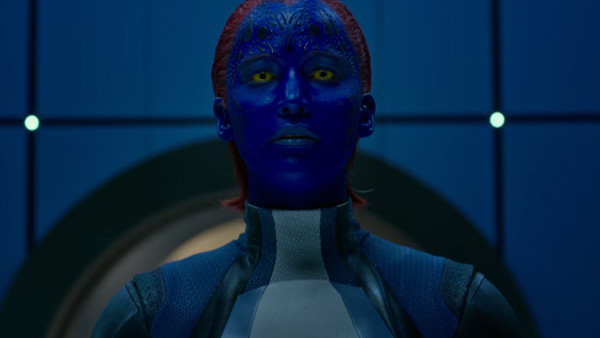What Does The Ending Of X-Men: Apocalypse Really Mean?
How Does The Timeline Work Now?

X-Men's always had a varying approach to continuity. The first trilogy was set in the "not-too-distant future" and, though cameos and recastings had its fair share of inconsistencies, something that was amped up by prequels Origins: Wolverine and First Class, which were so out of the loop they almost existed in their own pocket universes. Days Of Future Past aimed to draw a line under all this, removing the iffy movies and consolidating all the good elements into one new, fluid timeline.
Apocalypse is the first full movie we've got in this new canon, so is laying a lot of the ground rules for the series going forward. What it does is quite confused, with gaps between the previous movies and strained links to the overwritten originals, but based on what's here and word from producer Simon Kinberg, the basic operation does indeed seem to be exactly as Hank McCoy described it in Days Of Future Past:
It's like a river. You can throw a pebble into it and create a ripple, but the current always corrects itself. No matter what you do, the river just keeps flowing in the same direction.
Apocalypse doesn't offer much to advance this idea, but has several examples that back it up; Professor X losing his hair, the forming of the X-Men, Erik and Charles' final conversation. There is one beat, however, that does say a little bit more, which we'll look at next...